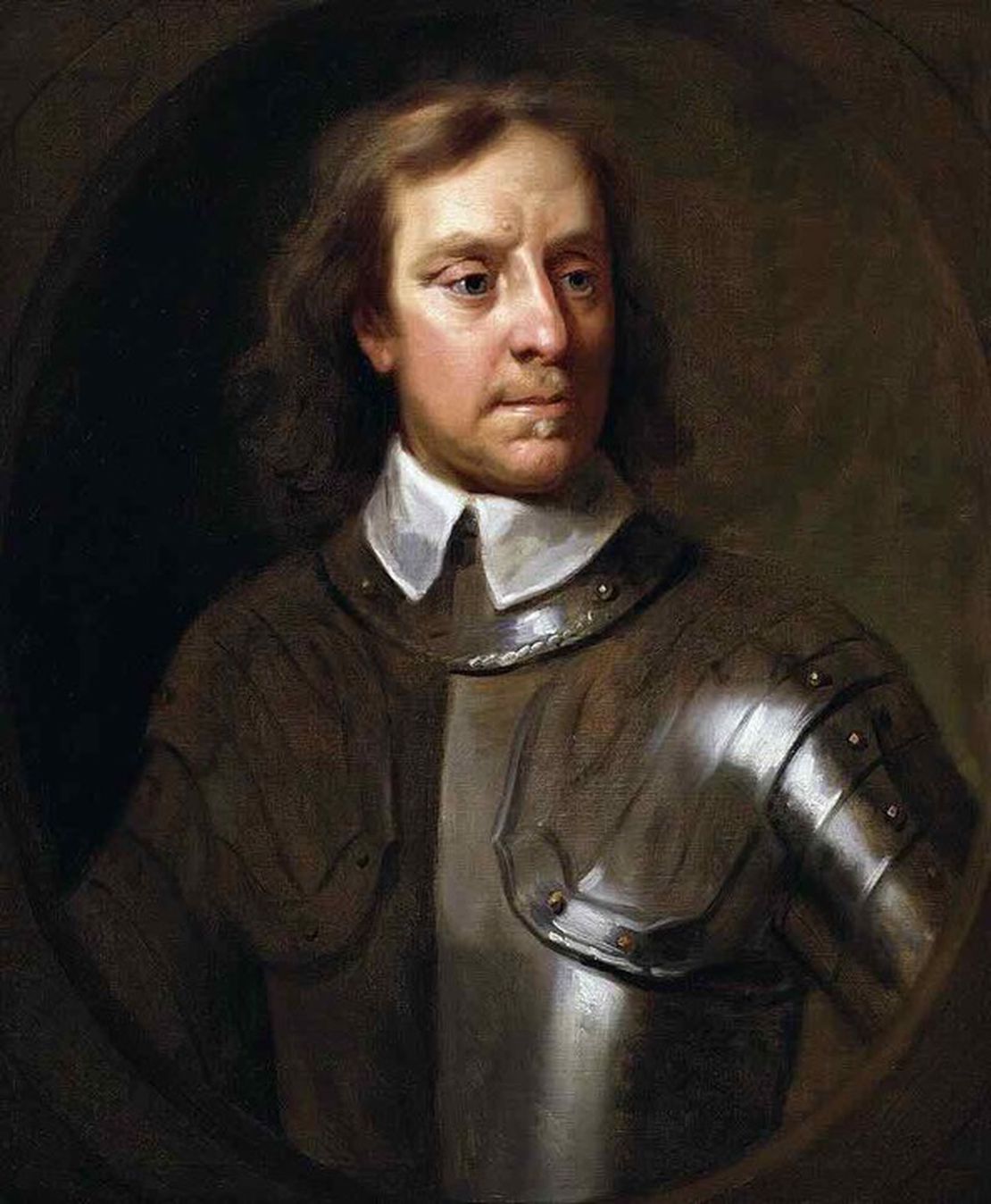- March 31, 1652
The Scottish Honours are the oldest Royal Regalia in Britain and can be seen in Edinburgh Castle. The Honours of Scotland, also known as the Scottish regalia and the Scottish crown jewels, dating from the fifteenth and sixteenth centuries, are the oldest set of Crown Jewels in the British Isles. They were used in the coronations of Scottish monarchs until and including Charles II in 1651. They have not since been used.
There are three primary elements of the Honours of Scotland: the Crown, the Sceptre, and the Sword of State.
The Crown of Scotland in its present form dates from 1540 when James V ordered the Edinburgh goldsmith John Mosman to refashion the original crown. The Sceptre of Scotland was a gift from Pope Alexander VI to King James IV in 1494. The Sword of State of Scotland was also a papal gift; Pope Julius II presented it to James IV in 1507. The blade includes figures of Saint Peter and Saint Paul, as well as the etched name of Julius II. The silver gilt handle bears figures of oak leaves and acorns.
After being used at the coronations of Mary I, James VI, and Charles I, the regalia were last used in 1651 for Charles IIs coronation. In England, Charles I had been executed, and the monarchy overthrown. Oliver Cromwell, the Lord Protector of England, Scotland, and Ireland, ordered almost all of the English regalia to be broken. However, the Honours of Scotland were hidden and recovered only after the monarchy was restored. After the Restoration, the Honours were not used to crown any future Scottish sovereign.
King Charles II was received warmly in a visit to Earl Mariscal in 1650; however as the pendulum swung again, in 1651 the English General Overton began a siege of Dunnottar seeking the prize of Scotlands Regalia, the royal crown, sword and scepter used in the coronation of the King Charles II at Scone Palace. The Dunnottar fortress was defended bravely by a scant but plucky garrison of 80 men. Ultimately the then governor Sir George Olgilvy of Barras surrendered to Overtons predecessor, General Morgan; however, the English were denied the Regalia, which was smuggled out during the siege[4]. The successful smuggler has been identified as four different persons including Anne Lindsay, a relative of Olgilvys wife.

 ← Battle of Carbisdale, Montroses last battle.
← Battle of Carbisdale, Montroses last battle.